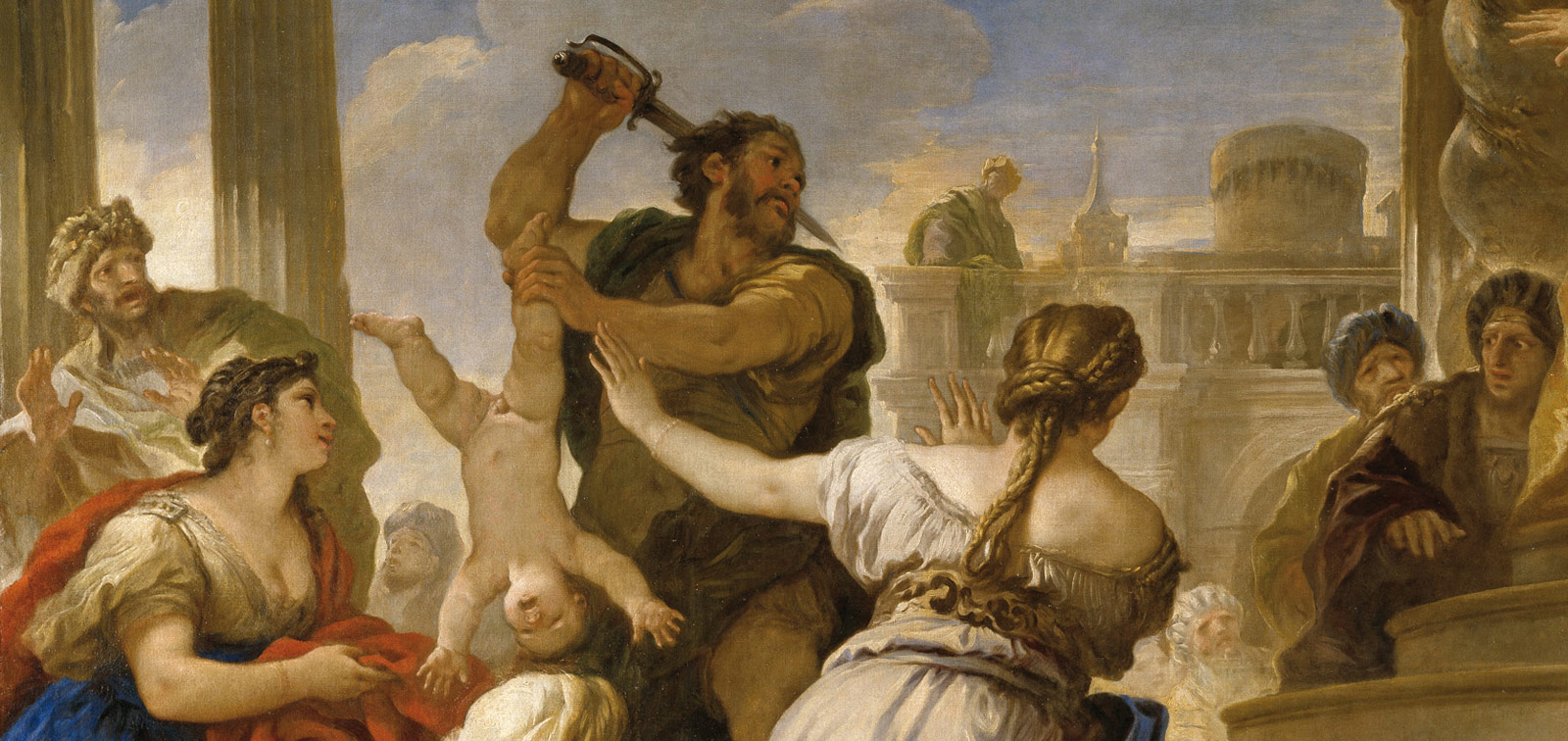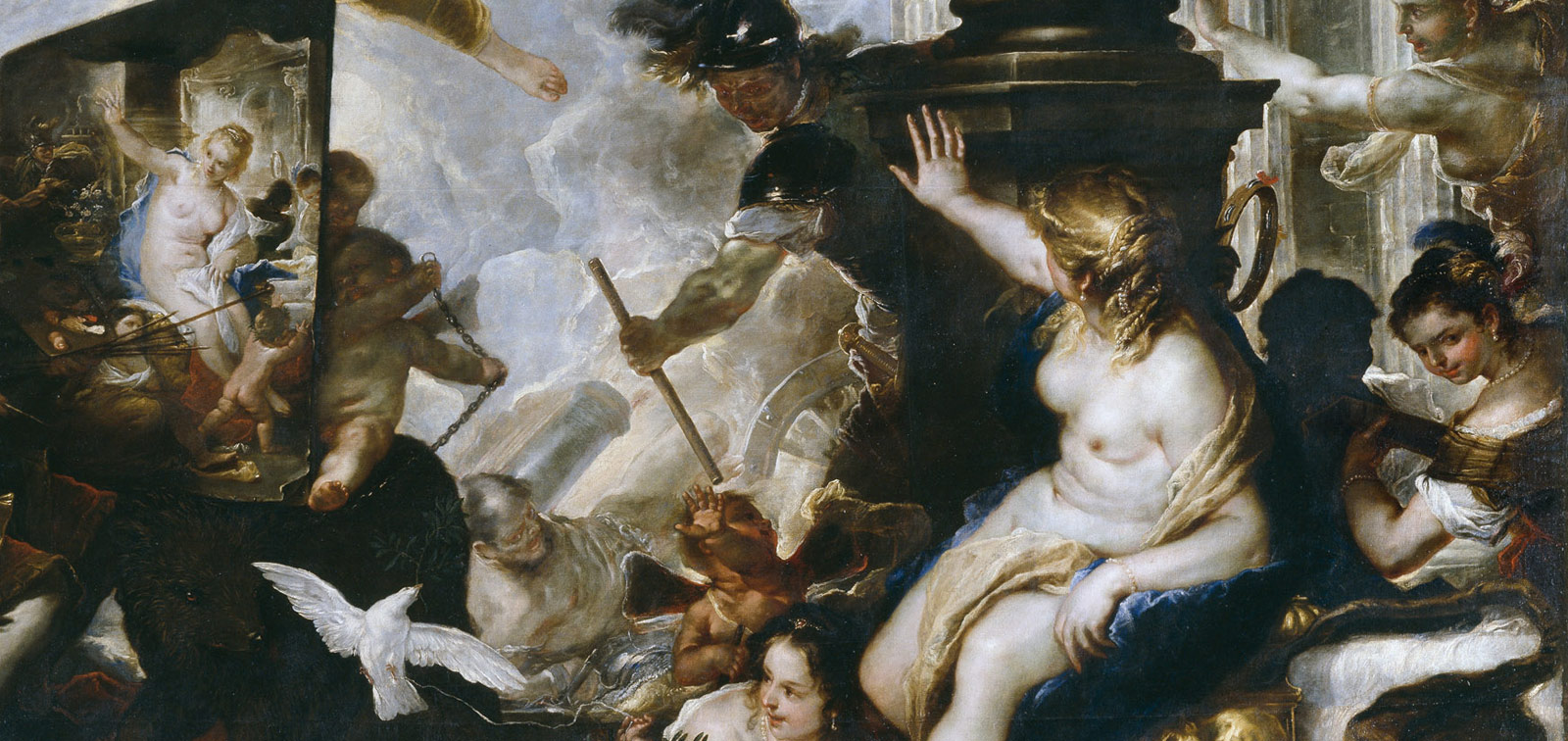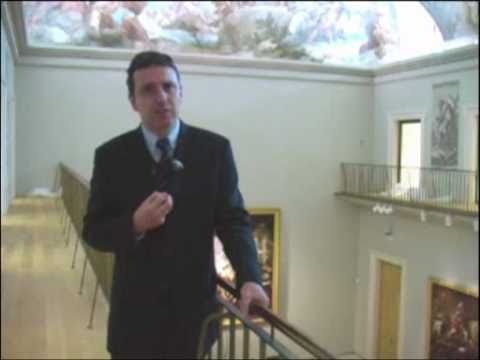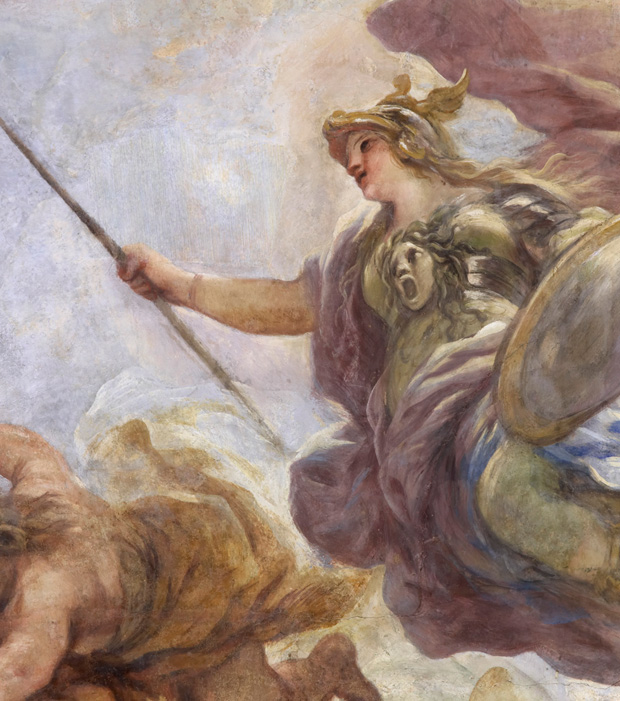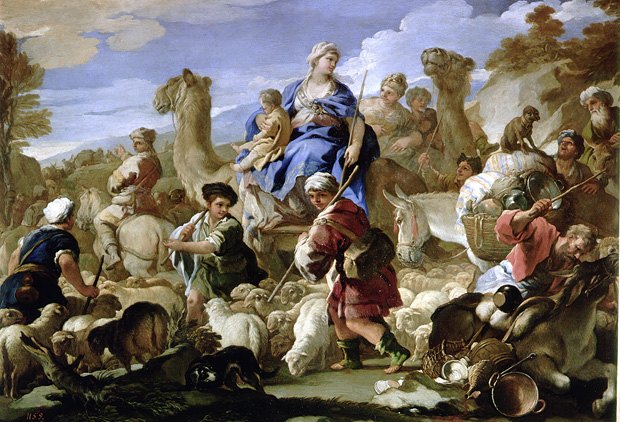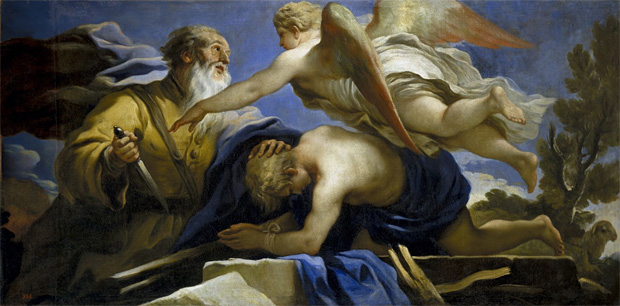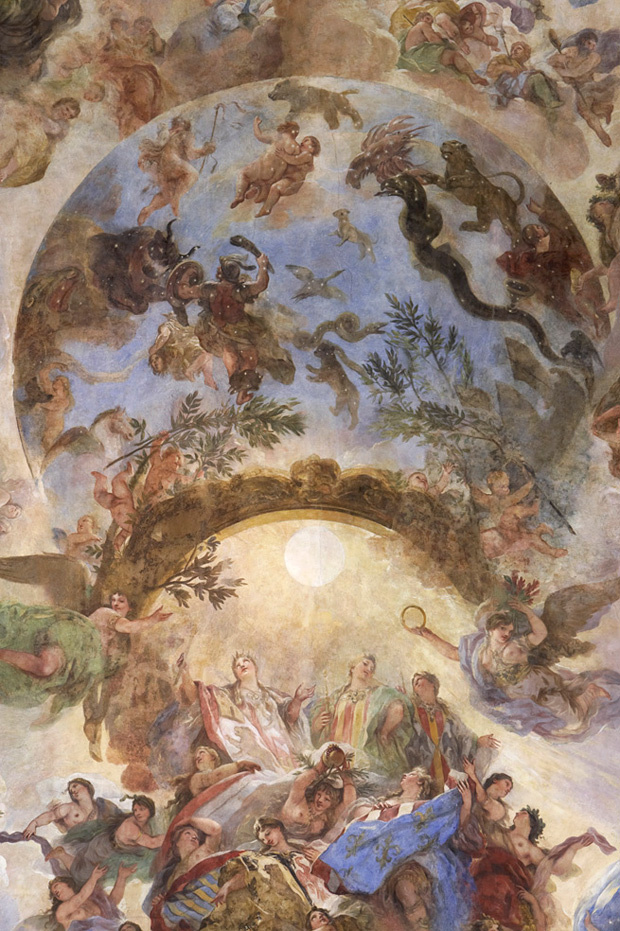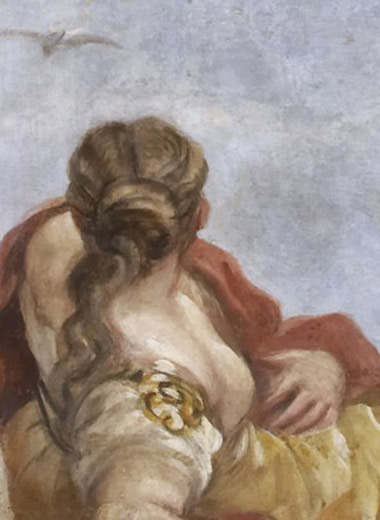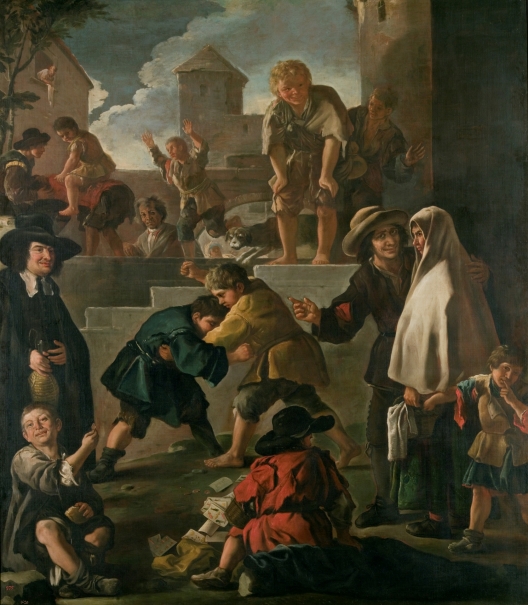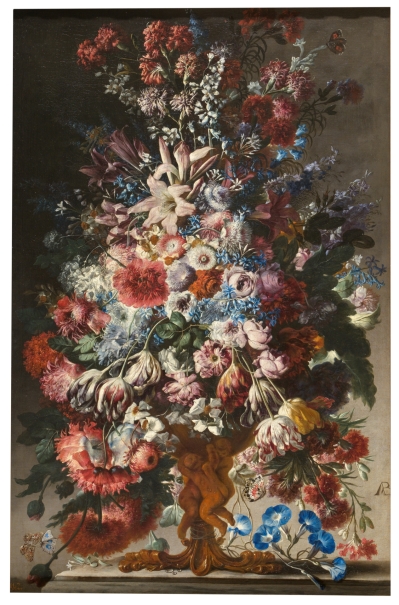Luca Giordano in the Casón del Buen Retiro
Madrid 2/21/2008 - 6/1/2008
The Museo del Prado is opening the newly restored and enlarged Casón del Buen Retiro prior to its inauguration as the Prado’s new Study Centre. A series of Open Doors Days will take place between 21 February and 4 May from Wednesdays to Sundays, 12pm to 8pm, free entry. During this period the Casón will be showing a monographic exhibition devoted to Luca Giordano that focuses on The Apotheosis of the Spanish Monarchy, the most important and impressive fresco that the artist painted in Spain.
The exhibition will feature a group of 75 works including drawings, architectural plans, watercolours, oil paintings and prints with the intention of explaining Giordano’s painting in the Casón, its history, meaning, iconography, technique and the various restorations that it has undergone in the past. In addition, the fresco – considered the most perfect of all the works that Giordano painted in Spain – will be used to analyse all of Giordano’s Spanish mural schemes, namely the staircase and ceilings in the Basilica of San Lorenzo de El Escorial (1692-1694), the office and bedroom (the latter now lost) of Charles II in the Palace of Aranjuez; the Casón del Buen Retiro (ca.1697); the Sacristy in Toledo Cathedral (1698); the Royal Chapel in the Alcázar (now lost); and the church of San Antonio de los Portugueses, Madrid (1699).
The use of the Casón as the venue to present the present exhibition (which includes 56 paintings by Giordano) marks the last chapter of a lengthy process of research initiated in 2001 when the restoration of the ceiling was started. This project has been led by Andrés Úbeda de los Cobos, Head of the Department of Italian and French Painting up to 1700 at the Prado. It has primarily focused on two key aspects: firstly, the history of the ceiling and its meaning and secondly, Giordano’s use of fresco and the distinctive characteristics of his approach to the medium, allowing us to see him as an artist permanently committed to experimenting with new supports and materials and the application of innovative solutions in response to the specific nature of Spanish architecture.
The exhibition thus offers a unique opportunity to appreciate the importance of Giordano’s most outstanding fresco executed in Spain as well as to learn more about his mural painting in general. With this in mind, the Museum has also organised an international conference on Giordano’s mural painting, which will set out the bases for our knowledge of this fascinating aspect of his output. It is anticipated that the conference will count on the participation of leading experts in this subject.

